Seán Corcoran
Seán Corcoran (1946-2021) collected traditional music, song and dance extensively in the field for ITMA from 1994 to 2001. Operating on his own initiative, Seán organised and recorded over 70 sessions on audio or video throughout the country, and he has been the main collector for ITMA of field recordings from Northern Ireland. He was also a contributor to ITMA’s PW Joyce Microsite.
Seán had an extremely varied life in Irish traditional music. A much-admired singer and bouzouki player with an ear for a good song, he was also a collector and researcher, writer and editor, recording artist and lecturer, maker of radio and television programmes, and club and festival organiser. A native of Drogheda, Co. Louth, with a family background in traditional music and trained as a choirboy, he began his traditional singing career in the early 1960s in Carberry’s pub there, which would become the centre for traditional music in the town for decades, and he went on to sing professionally and non-professionally at intervals for the rest of his life. Known in time internationally, there was not a singing festival in Ireland at which he did not feature, and he also a frequent performer on radio and television. In 1976 he made his first commercial recording with the vocal group The Press Gang and from 1993 to 2014 recorded extensively as a member of the group Cran with flute player Desi Wilkinson and uilleann piper Ronan Browne (and initially uilleann piper and cellist Neil Martin), with a particular following in the Netherlands. As the solo unaccompanied singer he essentially was, he first recorded in America for a 1977 LP Sailing into Walpole’s Marsh while part of an Irish contingent appearing at a Festival of American Folklife in the Smithsonian Institute in Washington, and he would feature solo on various other recordings until the 2012 CD Louth Mouths from Drogheda with Gerry Cullen and Dónal Maguire.
While still a teenager Seán discovered that older Louth traditional song still survived in pockets of town and county, and with Caitlín Bean Uí Chairbre he began to collect in 1964 under the aegis of the Old Drogheda Society, of which he was a co-founder, from local singers such as Bridget Cumiskey of Simcock’s Lane and Mary Ann Carolan of Tinure (the subject of a Topic LP of 1982). In 1970 he was engaged by Breandán Breathnach as a song collector in Louth for a Department of Education pilot project which also employed Dubliner Tom Munnelly. He was the director of the still-remembered initial Féile na Bóinne traditional music festivals of 1976 and 1977 in Drogheda, and a driving force in several folk clubs in the town. Based in Belfast from the early 1980s until the mid-1990s, Seán worked there with Ciaran Carson for the Arts Council of Northern Ireland, recording song and music across the north and editing three audio collections of field recordings for the Council, beginning with Here’s a Health (1986).
When attending university in Dublin from 1964, Seán became immersed in the folk scene there, singing and researching songs which he passed on to fellow singers, and organising with others the Ninety-Five Club in Harcourt Street in the 1960s and the Tradition Club in Capel Street in the 1970s. On graduation he worked at periods as a teacher and later studied ethnomusicology in Queen’s University. He was the author of articles and sleeve notes, writing at first for Breandán Breathnach’s journal Ceol in the 1960s. From 1984 to 1987 he wrote a folk column for the Belfast journal Fortnight and another later for Hot Press, and he was a contributor to the published proceedings of the 1995 UL conference ‘Blas: The Local Accent’ and the 1996 and 2003 ‘Crosbhealach an Cheoil‘ conferences. Having published local songs of his collecting in Drogheda newspapers, he brought them together with online access in 2008 in the volume Sing Out: Learn Irish Traditional Song. In 2009 he scripted and presented on TG4 Na Bailitheoirí Ceoil, three television documentaries on the collectors Edward Bunting, George Petrie and Francis O’Neill. In 2012 and 2013 he received BAI funding for the making of four radio documentaries for Louth and Waterford local radio on, respectively, the Drogheda weaver songwriter John Shiel, the Irish Folklore Commission Schools Collection, Daniel O’Connell and his monster meetings, and the Waterford music theorist Rev. Richard Henebry. He lectured frequently at festivals and in third-level institutions and in recent years conducted singing workshops as Traditional Singer in Residence for Drogheda Borough Council and at the Willie Clancy Summer School with Seán Garvey. From 2007 to 2020 he taught an annual module on Irish traditional music at Mary Immaculate college of education in Limerick.
Seán’s local history interests and political activism led to the setting up of the ‘Dúchas / Drogheda Voices’ oral history audio and video project in 1995, and to articles for the Journal of the Old Drogheda Society, of which he became chairperson. Under his stewardship the local Millmount Museum became in 2013 the first voluntary museum in the country to receive full Heritage Council accreditation.
Nicholas Carolan, 7 May 2021
